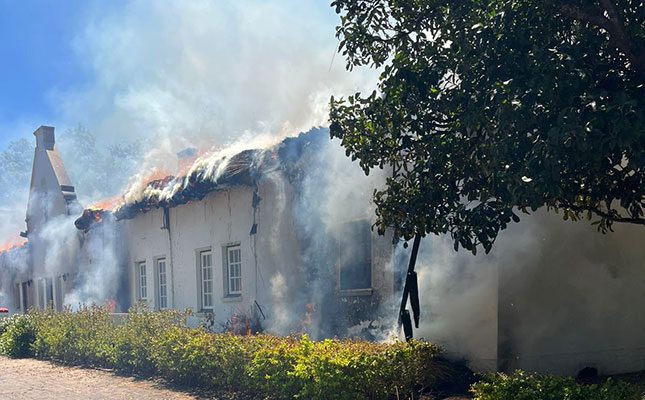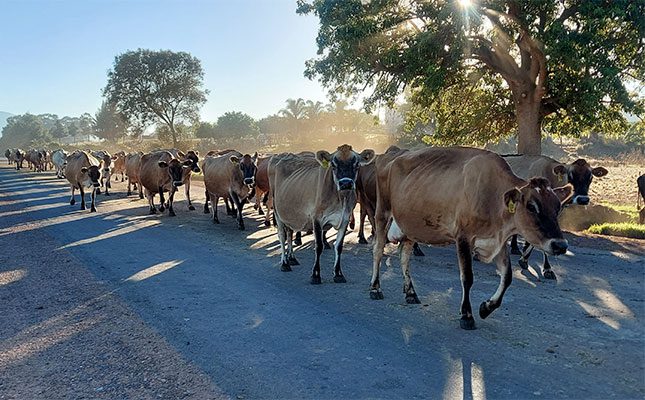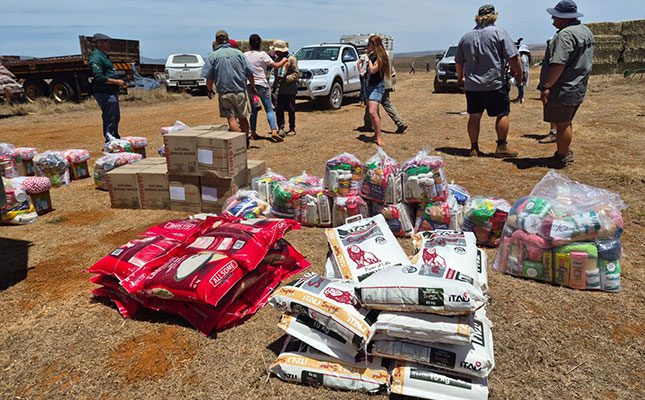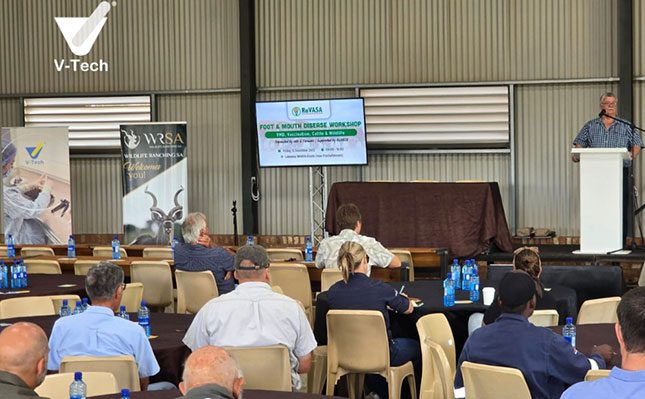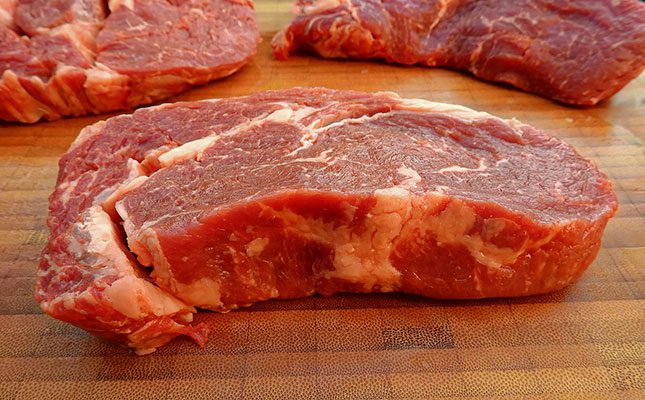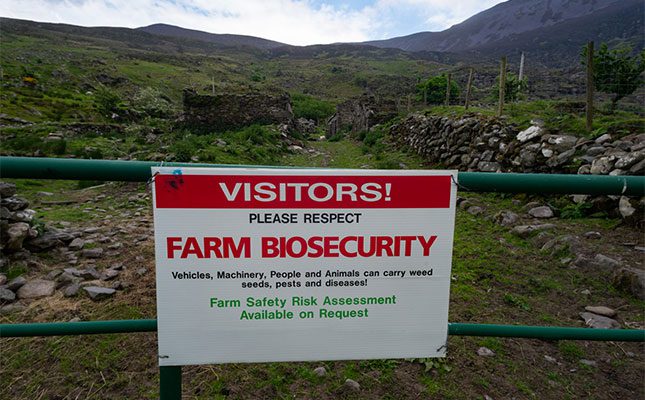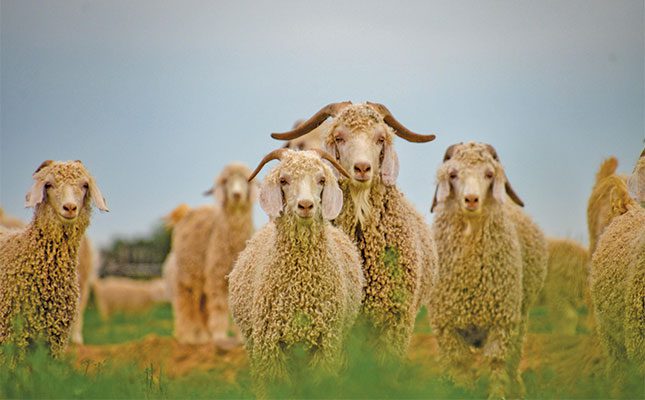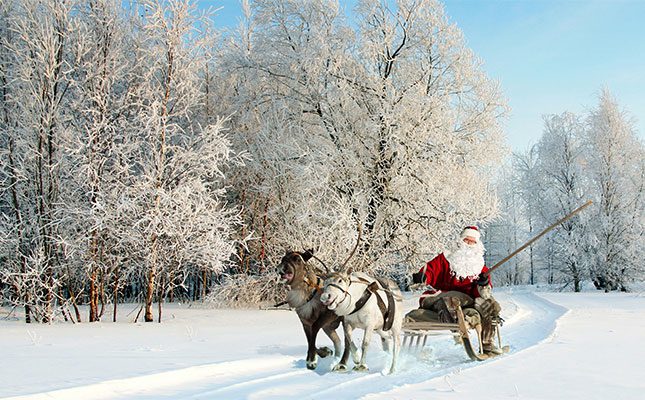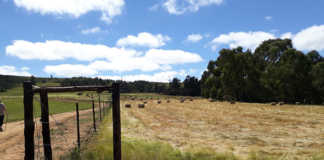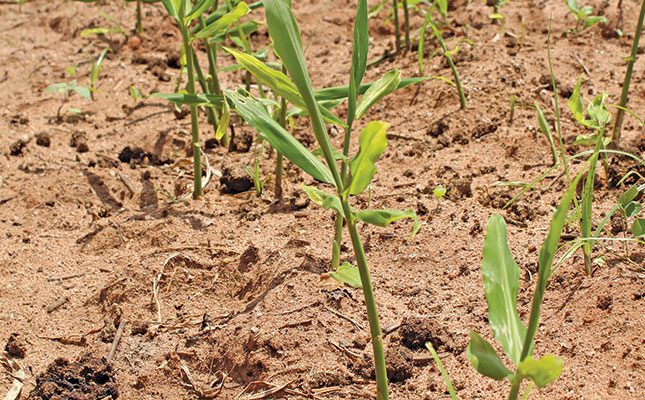
Photo: FW Archive
Since prices for ginger shot up to R300/kg during the COVID-19 pandemic, farmers planted more ginger, swinging the supply-and-demand curve towards lower prices.
Mpumalanga ginger farmer Steyl Willemse noted, however, that the market was correcting itself, and due to the lower price, less ginger would be planted in the coming season.
“Prices last year were far below average, dropping to R20/kg. Since late February, prices have climbed to around R60/kg as volumes and quality were subdued because of rain.”
READ Ginger: a challenging crop, but well worth the effort
The Lowveld area of Mpumalanga received unprecedented amounts of rain at the start of the year, creating perfect conditions for fungi to flourish
Willemse said that while there were crop protection agents that could be used to protect against fungi, the non-stop rain meant that they could not be applied and the ginger rotted in the ground.
Jaco Oosthuizen, RSA Group CEO, said that challenges caused by weather had constrained supply, with low market prices paid for low-quality ginger. “As the season progresses and quality improves, [prices will be firmer].”
He said that a benefit of the high demand for ginger seen during the COVID-19 pandemic was that consumers had become more accustomed to fresh ginger and demand had held steady, amid an increase in local supply.
Willemse said imported ginger had long been a thorn in the side of farmers because it placed pressure on prices. Since farmers had increased plantings, the need for imports had diminished, he added.

